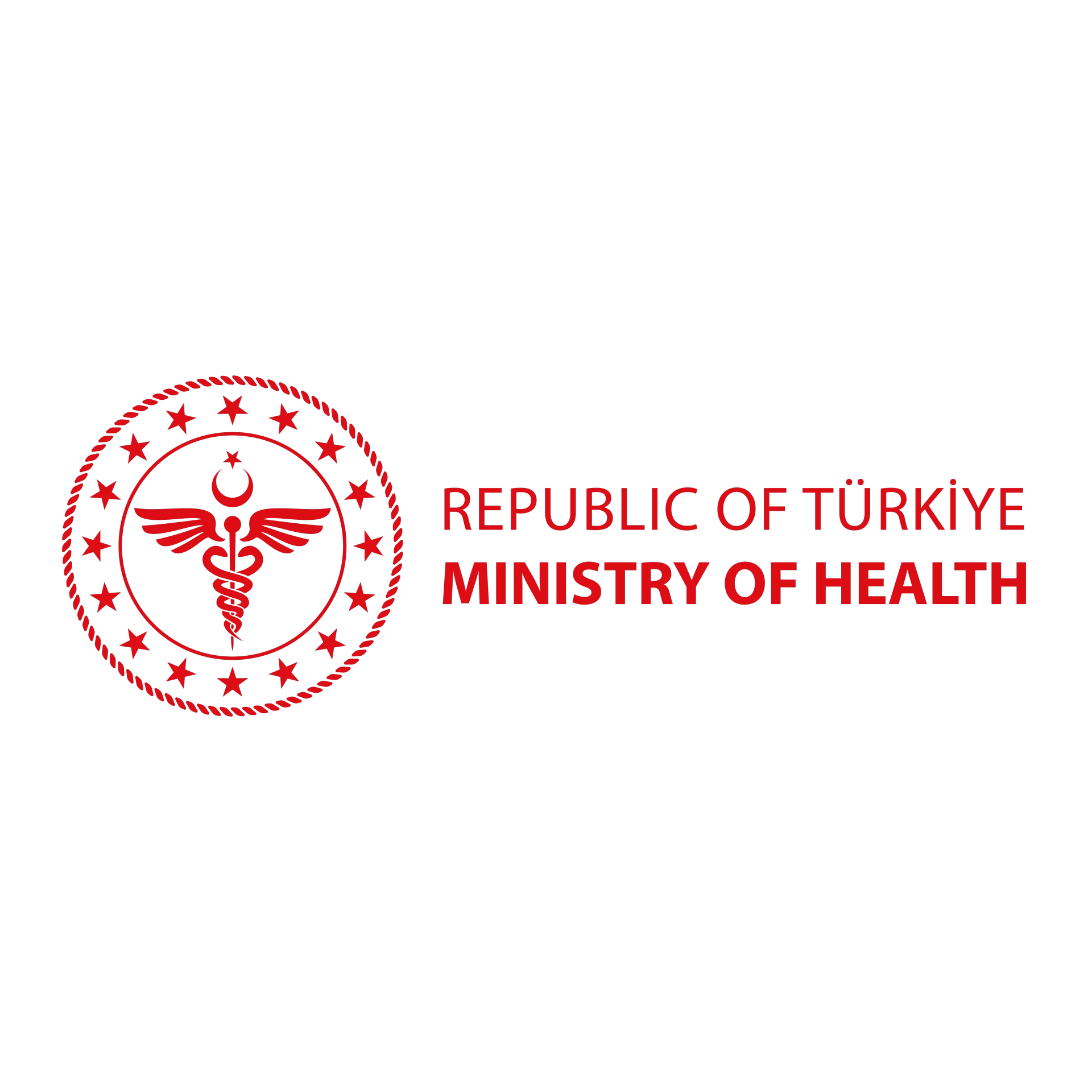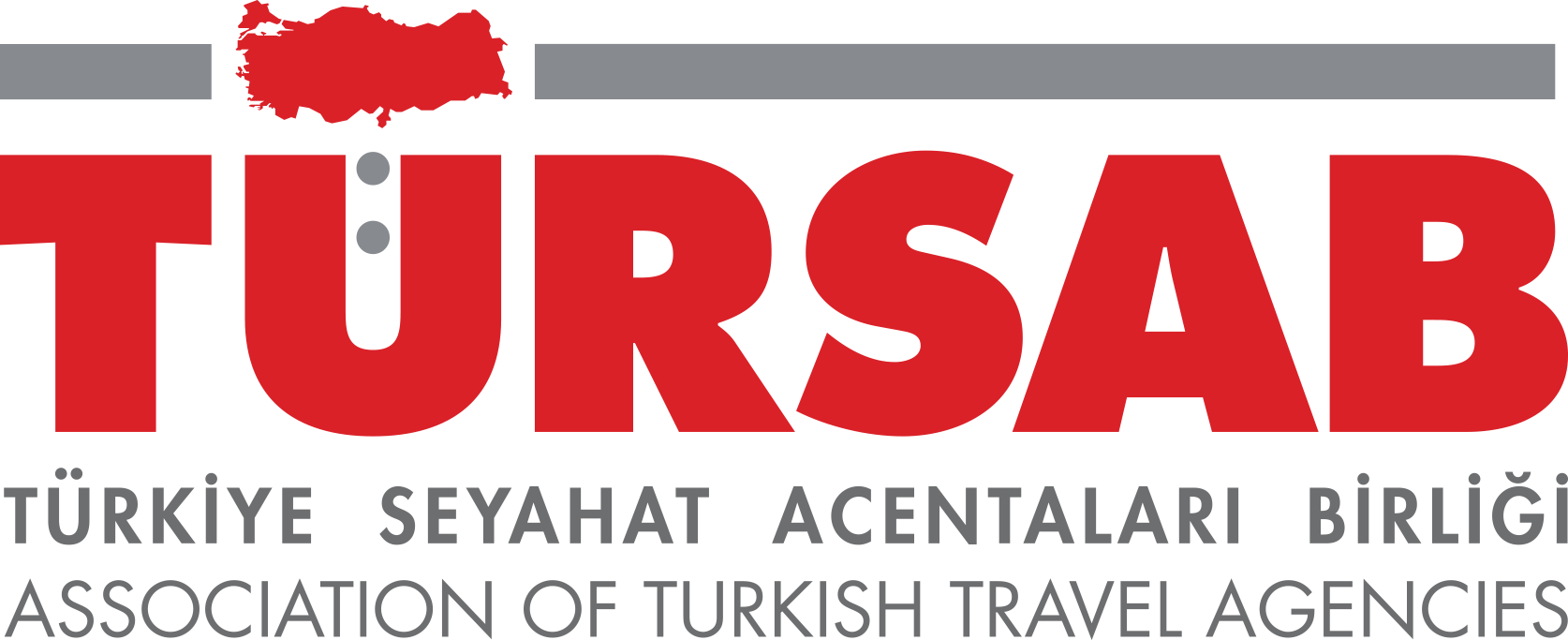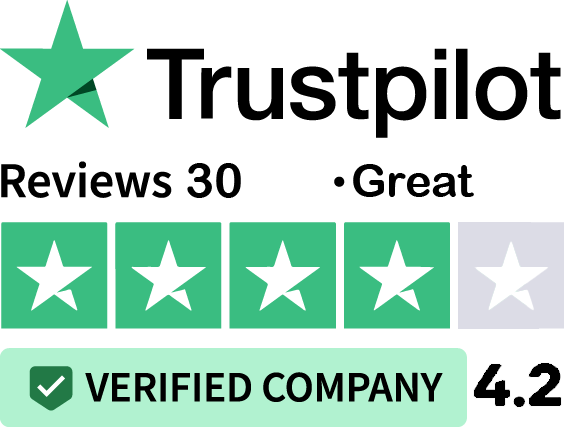Humerus Lengthening / Arm Lengthening

Humerus lengthening, also known as humeral lengthening, is a surgical procedure performed to increase the length of the humerus bone in the arm. Similar to femur and tibia lengthening, it is primarily used to address limb length discrepancies or to increase overall arm length.
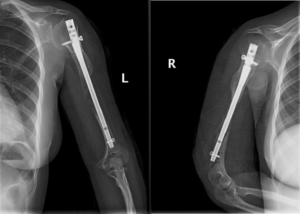
The procedure for humerus lengthening is also based on the principles of distraction osteogenesis. An external fixator device or
Precice nail is typically used to gradually elongate the bone over a period of time. Daily lengthening dosage is 1mm per day but it may vary depending on the patient’s bone regeneration, condition of soft tissues and doctor’s recommendations.
As the fixator or Precice nail is adjusted, a gap is created between the bone ends, which stimulates the formation of new bone tissue. This process is similar to the body’s natural bone healing response. Over time, the bone regenerates, fills in the gap, and becomes longer and stronger. Humerus lengthening, like other limb lengthening procedures, requires careful planning, skilled surgical techniques, and post-operative rehabilitation.
As with any surgical procedure, there are potential risks and complications associated with humerus lengthening. These can include infection, nerve or blood vessel injury, joint stiffness, and prolonged healing time. The decision to undergo humerus lengthening should be made in consultation with our team of professionals who can assess the individual case and discuss the potential benefits and risks involved.
Physiotherapy during Humerus Lengthening
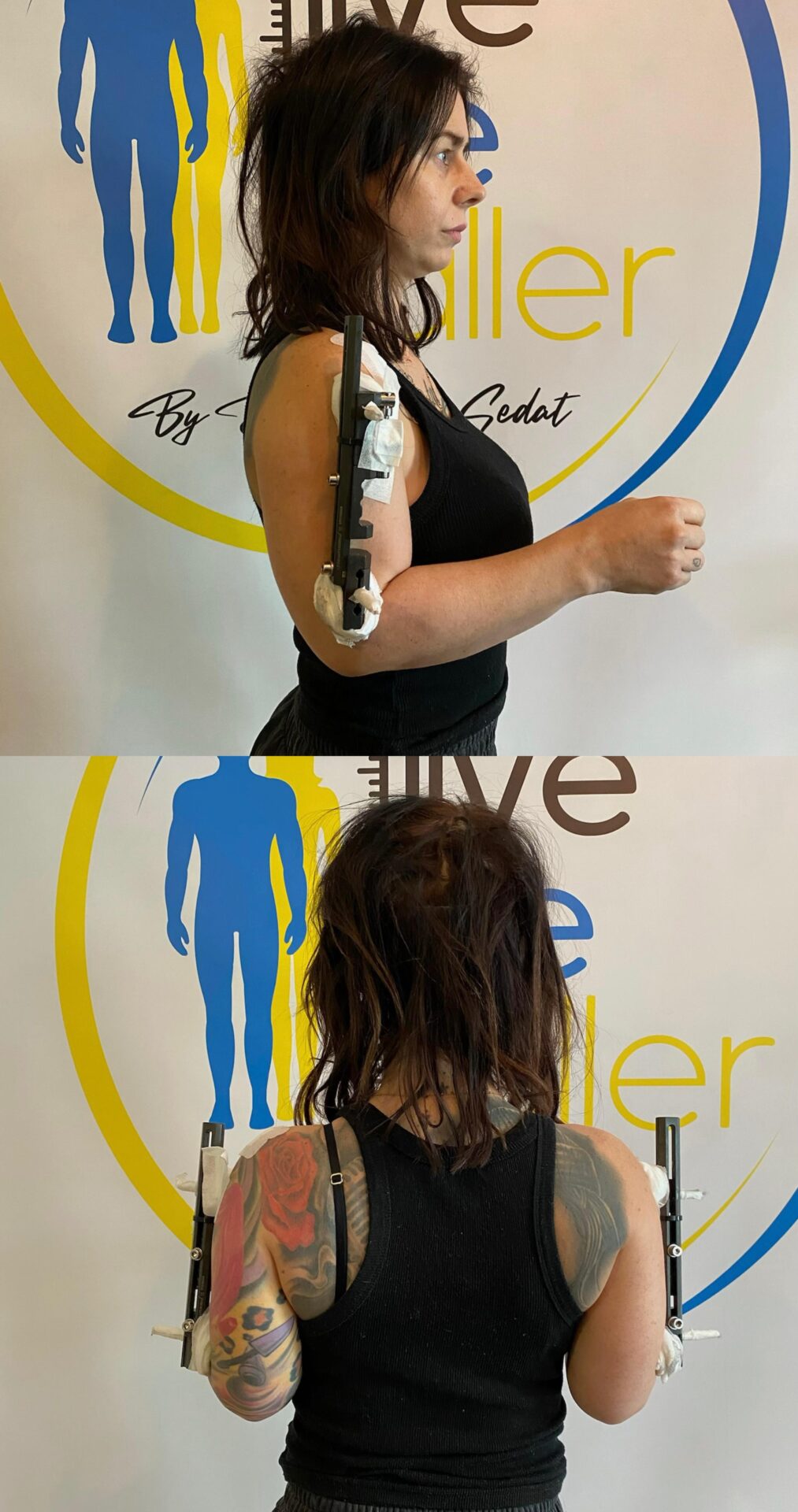
The rehabilitation process following humerus lengthening is an essential part of the overall treatment. It aims to promote healing, restore function, and optimize recovery. The specifics of the rehabilitation process may vary depending on the individual case, the surgical technique used, the type of lengthening technique chosen (Precice or LON) and the recommendations of the medical team. It is important to follow your surgeon’s instructions and work closely with a physical therapist throughout the rehabilitation period. Here are some general aspects of the rehabilitation process.
It is important to note that the rehabilitation process is typically a gradual and individualized journey. It may take several months or longer to achieve optimal recovery and return to pre-surgery activities. Regular follow-up appointments with our surgeon and physical therapy team are essential to monitor progress, address any concerns, and make necessary adjustments to your rehabilitation program.
Right after surgery an oedema can be seen on the surgical site which causes pain and limited range of motion in shoulder and elbow joints.
As healing progresses, your surgeon and physical therapist will guide you in gradually increasing weight-bearing activities and initiating a range of motion exercises. This may involve controlled movements of the shoulder, elbow, and wrist joints.
Once sufficient healing has occurred, specific exercises to strengthen the muscles around the shoulder and arm will be introduced. These exercises will be tailored to your individual needs and may involve resistance training, therapeutic exercises, and functional activities.
As the bone continues to heal and strength improves, your rehabilitation program will progress to include activities that are specific to your functional goals and daily activities. This may involve sports-specific training, occupational therapy, and gradually increasing your level of activity.
Throughout the rehabilitation process, our team will help manage any pain or discomfort that may arise. This may involve medication, physical therapy modalities or other pain management techniques such as Laser Therapy, Ultrasound, Tecar and others.
What is Arm Lengthening?
Humerus/Arm lengthening, also known as humeral lengthening, is a surgical procedure performed to increase the length of the humerus bone in the arm. Similar to femur and tibia lengthening, This technique is primarily used for cosmetic reasons or to correct discrepancies in arm length. During arm lengthening surgery, the humerus (the upper arm bone) is carefully cut and a device known as a distractor is applied.
The process involves precise medical techniques and can vary depending on the method used, such as the LON Method or the Precice 2 Method. These methods have been developed to enhance the safety and effectiveness of the limb lengthening process. While the LON Method utilizes external fixation, the Precice 2 Method employs an internal device, which can be adjusted magnetically to lengthen the bone without the need for frequent surgical adjustments.
Arm Lengthening Surgery
Arm lengthening surgery is a specialized medical procedure that aims to increase the length of the arms, usually for individuals looking to improve their physical proportions or correct a limb length discrepancy. The operation involves the use of advanced surgical techniques to carefully divide the humerus, the long bone in the upper arm, and then gradually distract (pull apart) the ends of the bone.
The cost of arm lengthening surgery can vary widely based on the chosen technique, geographic location, and the specific needs of the patient. It’s important for prospective patients to discuss all financial aspects and potential outcomes with their surgeon to fully understand the implications and total investment required for such a transformative procedure.
Arm Lengthening Before and After
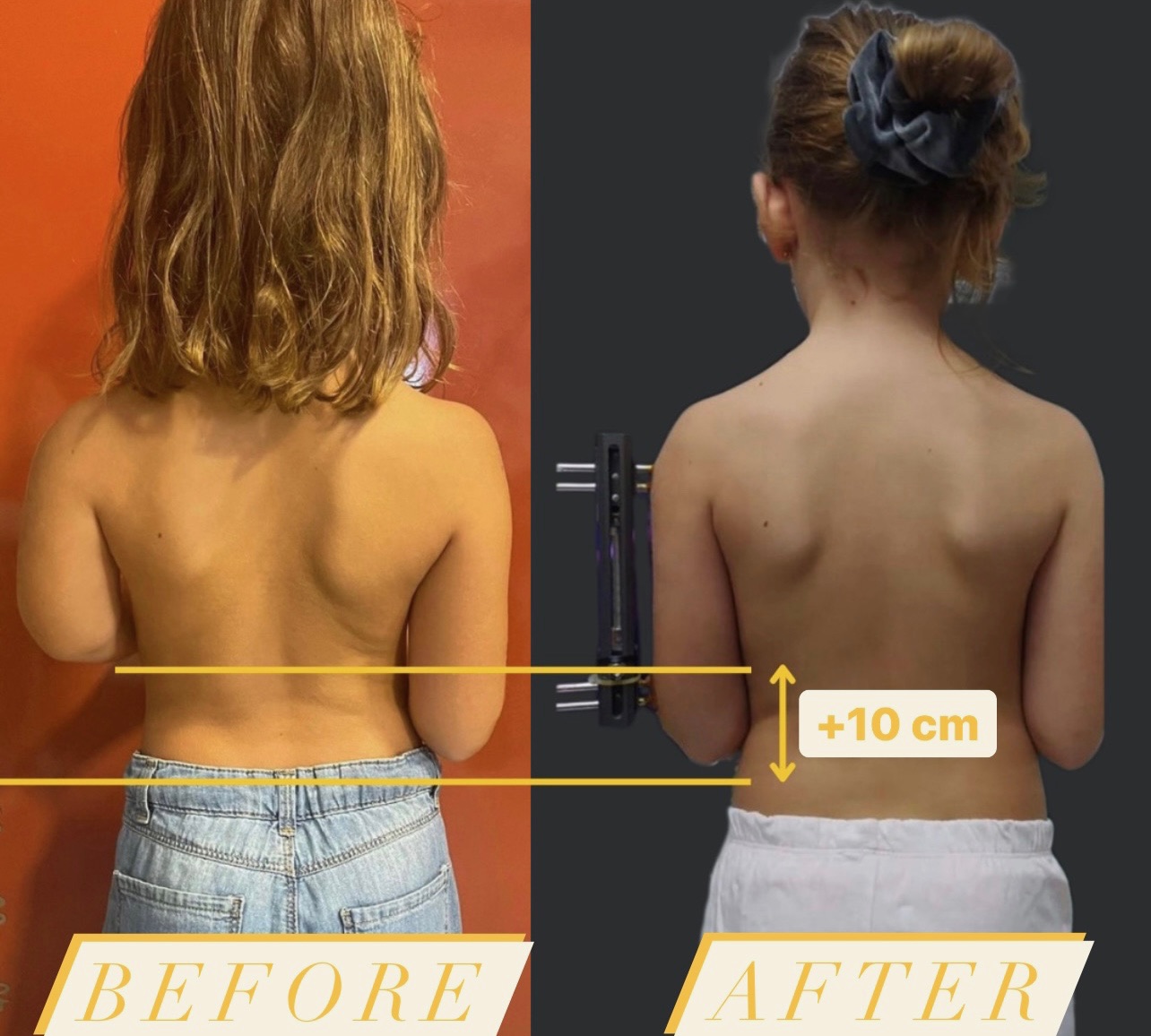
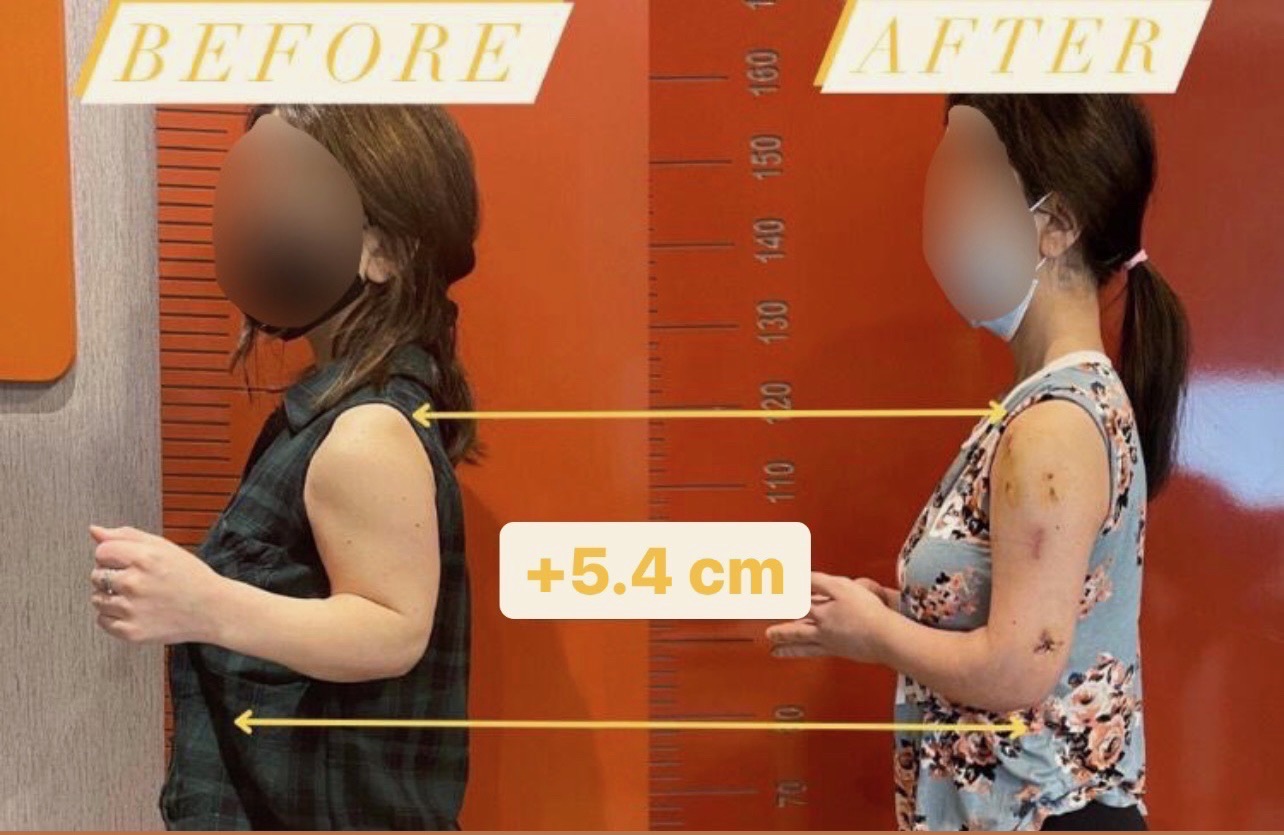
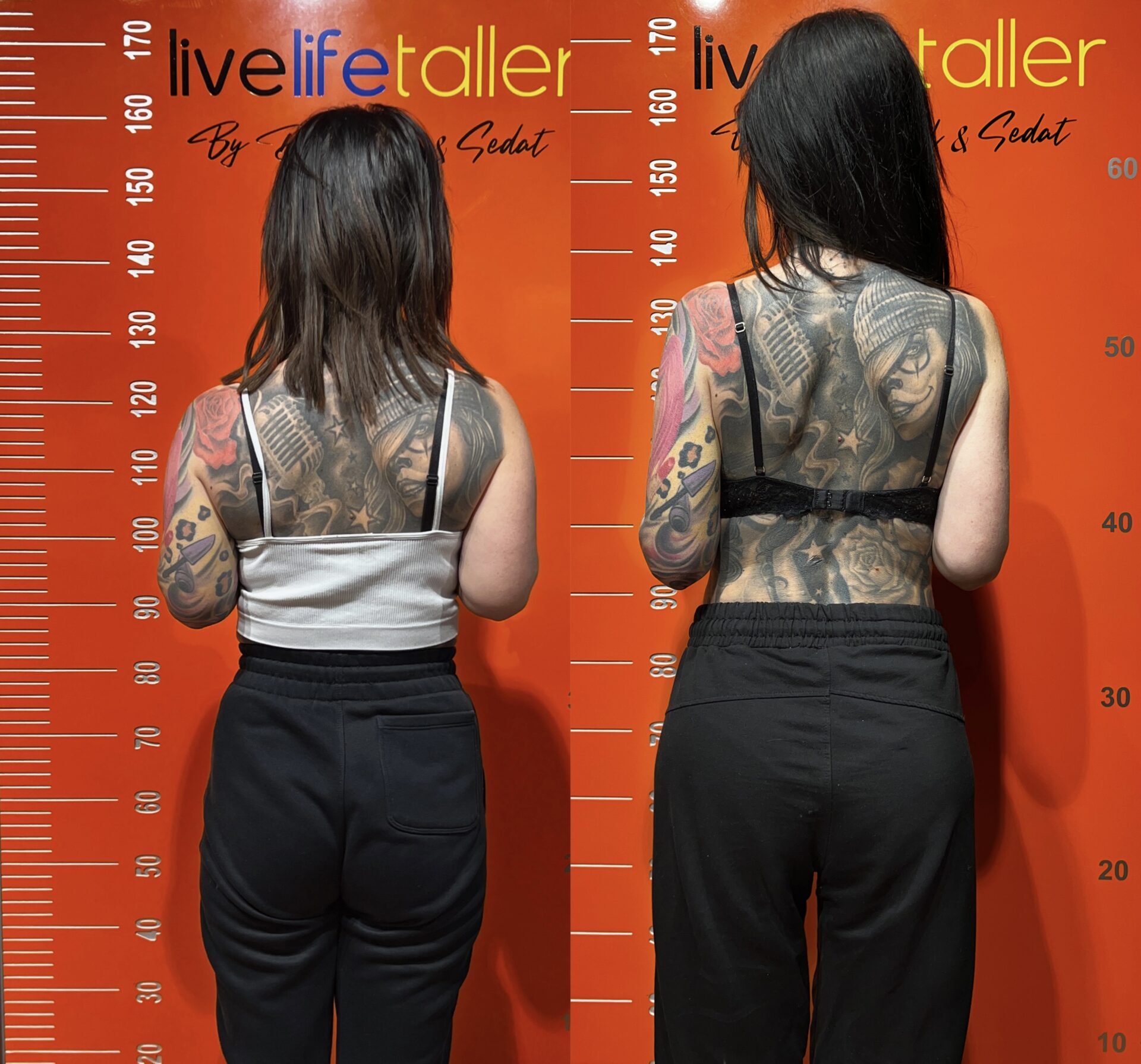
How is Arm Lengthening Surgery Performed?
The procedure for humerus lengthening is also based on the principles of distraction osteogenesis. An external fixator device or Precice nail is typically used to gradually elongate the bone over a period of time. Daily lengthening dosage is 1mm per day but it may vary depending on the patient’s bone regeneration, condition of soft tissues and doctor’s recommendations.As the fixator or Precice nail is adjusted, a gap is created between the bone ends, which stimulates the formation of new bone tissue. This process is similar to the body’s natural bone healing response. Over time, the bone regenerates, fills in the gap, and becomes longer and stronger. Humerus lengthening, like other limb lengthening procedures, requires careful planning, skilled surgical techniques, and post-operative rehabilitation.
As with any surgical procedure, there are potential risks and complications associated with humerus lengthening. These can include infection, nerve or blood vessel injury, joint stiffness, and prolonged healing time. The decision to undergo humerus lengthening should be made in consultation with our team of professionals who can assess the individual case and discuss the potential benefits and risks involved.
Arm Lengthening surgery in Turkey
Arm lengthening, also known as humeral lengthening, is a surgical procedure gaining popularity in Turkey. This innovative technique involves gradually extending the length of the upper arm bone to address conditions such as limb length discrepancies or congenital abnormalities.
With a focus on patient safety and satisfaction, arm lengthening procedures in Turkey adhere to international standards, attracting individuals seeking high-quality medical care and transformative outcomes.
Patients choosing Live Life Taller benefit from a comprehensive care package that includes pre-surgical consultations, a detailed walkthrough of the surgical process, and a tailored post-operative recovery plan. Our facilities are equipped with the latest technology, ensuring every patient receives the highest standard of care. Additionally, Turkey’s competitive ve medical procedures makes arm limb lengthening more accessible to a wider audience, without compromising on quality or safety.
Arm Lengthening Surgery Cost in Turkey
The arm lengthening surgery cost can vary significantly depending on several factors. Each patient’s needs are unique, and the pricing is influenced by the chosen surgical method, the complexity of the case, and the geographic location of the clinic. Methods such as the LON Method and Precice 2 Method offer different advantages and may come with varying price tags.
In Live Life Taller, where limb lengthening surgery arms procedures are conducted using cutting-edge technology, patients can often find more economical options compared to other countries. This cost-efficiency does not compromise the quality of care, as Turkey’s medical standards are internationally recognized. Patients considering arm lengthening surgery should consult with their chosen clinic to get a detailed estimate that considers all aspects of their treatment plan, from the initial consultation through to the complete recovery period.
FAQ
Arm lengthening surgery is primarily suitable for individuals seeking to correct limb length discrepancies or for cosmetic enhancement of arm proportions.
Recovery from arm lengthening surgery involves regular follow-ups, physical therapy to restore mobility, and careful monitoring of the limb’s response to the lengthening device. Recovery duration varies based on individual healing rates and the specific procedure used.
The procedure for lengthening limbs through surgery is a complex medical intervention that requires careful considerations. One crucial requirement for this procedure is that the patient has completed their growth phase to ensure that the surgery doesn’t interfere with natural growth. Typically, an experienced specialist, an endocrinologist, assesses this through various tests and analyses to determine the growth status. Moreover, it’s vital that the patient doesn’t have any serious illnesses or health conditions that could increase the risks associated with the procedure. Thorough medical evaluations and assessments are necessary to ensure the patient’s suitability for this operation. Usually, individuals undergoing limb lengthening surgery fall within the age range of 13 to 65 years. This broad span accommodates younger patients who may require corrections due to growth disorders or other medical reasons, as well as older patients seeking length adjustments for aesthetic or functional purposes. Overall, limb lengthening surgery demands a comprehensive evaluation of an individual’s health to ensure a safe and effective procedure. It’s essential that the surgery is performed by an experienced surgeon within a specialised medical setting to achieve optimal results and facilitate successful rehabilitation
Arm lengthening surgery is preferred for its ability to improve physical appearance and balance body proportions. It can also enhance the functional capabilities of the limbs when correcting discrepancies.
Arm lengthening surgery is preferred for its ability to improve physical appearance and balance body proportions. It can also enhance the functional capabilities of the limbs when correcting discrepancies.
Patients may experience discomfort during the recovery process, but pain management protocols are in place to minimize discomfort. Advances in surgical techniques have improved pain control significantly.
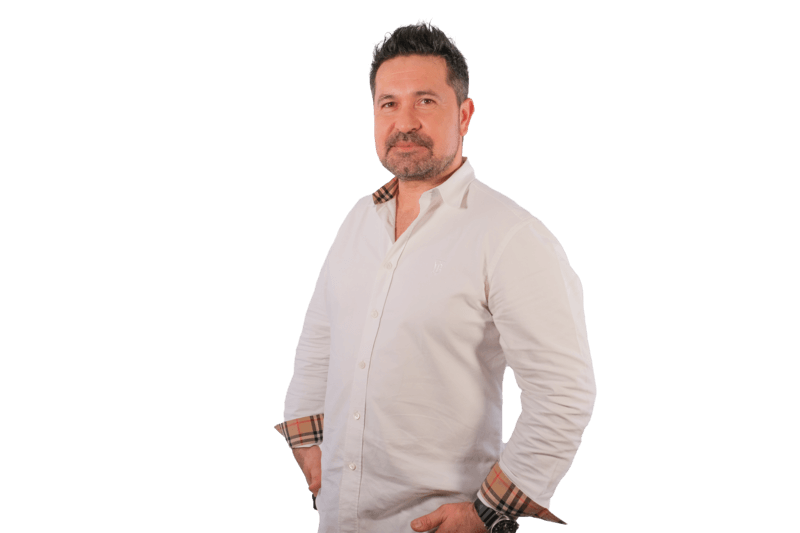
Orthopedic Surgeon and specialist in Limb Lengthening & Deformity Correction with over 14 years of experiences
Author Page
